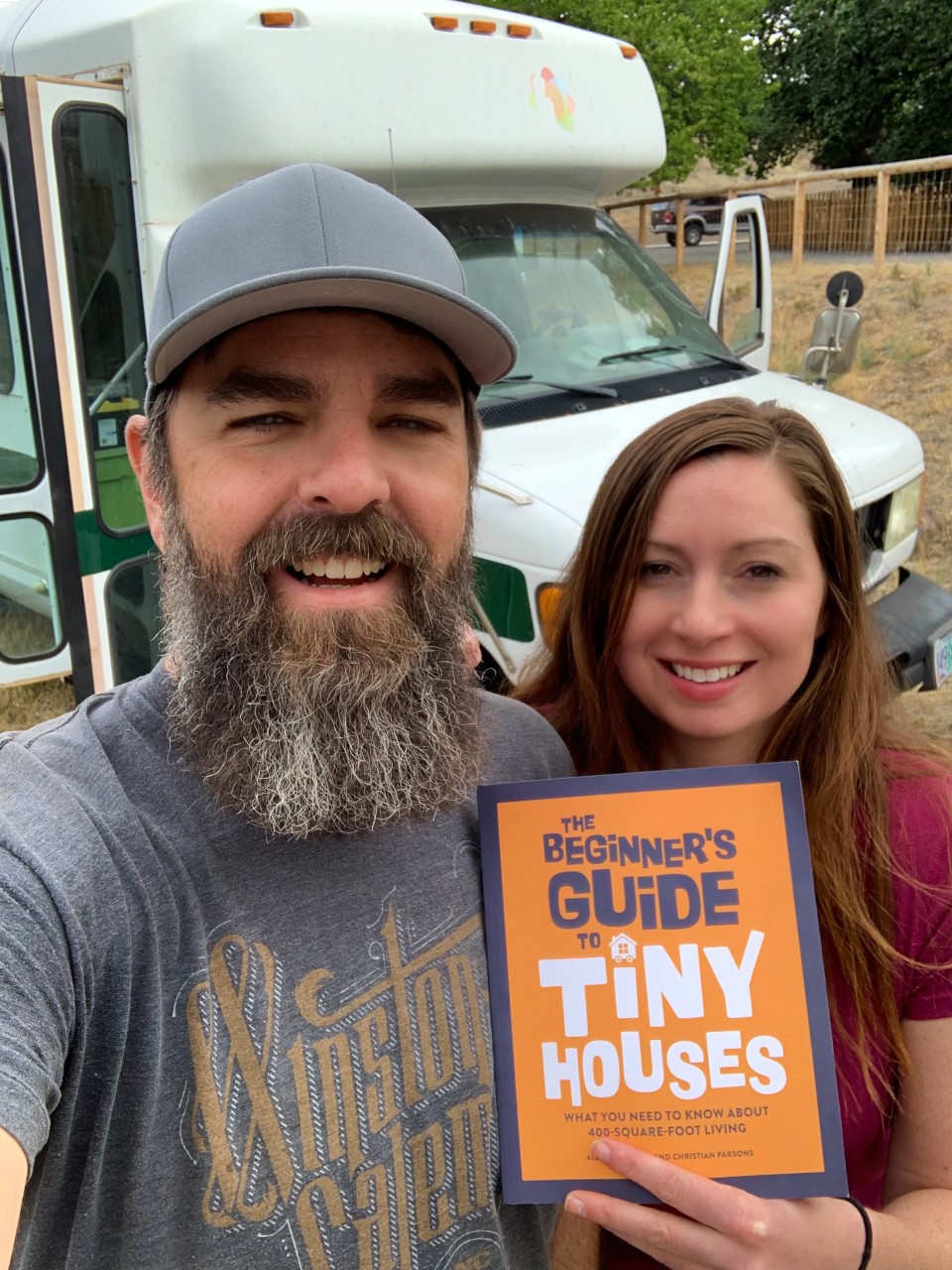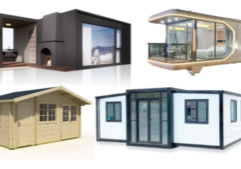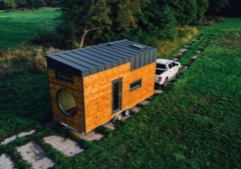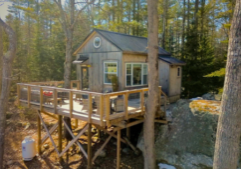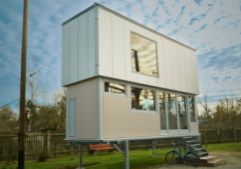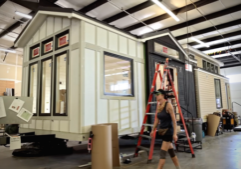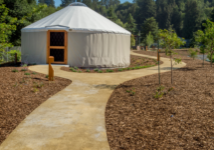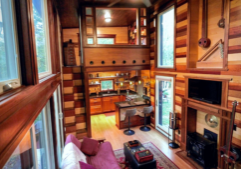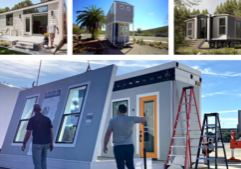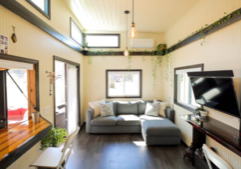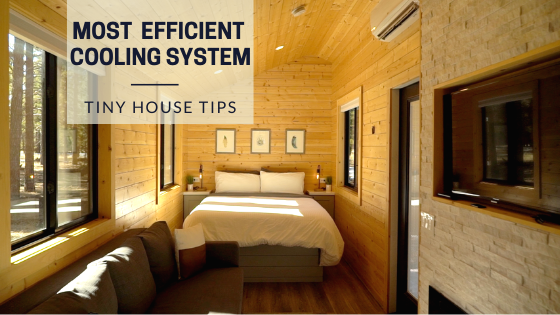
Most Efficient Cooling System for Your Tiny House
Finding the Most Efficient Cooling System for Your Tiny House
Energy and cost-efficiency are two overarching reasons why people move into tiny homes. The next generation of homebuyers values sustainability and minimalism while understanding the implications of rising housing costs.
Choosing the materials, appliances, and systems is a must to get the most efficiency and comfort out of your little house. For example, things can get pretty stuffy in close quarters without proper cooling and ventilation.
Keep reading for the best tips for choosing the most efficient cooling system for your tiny house.
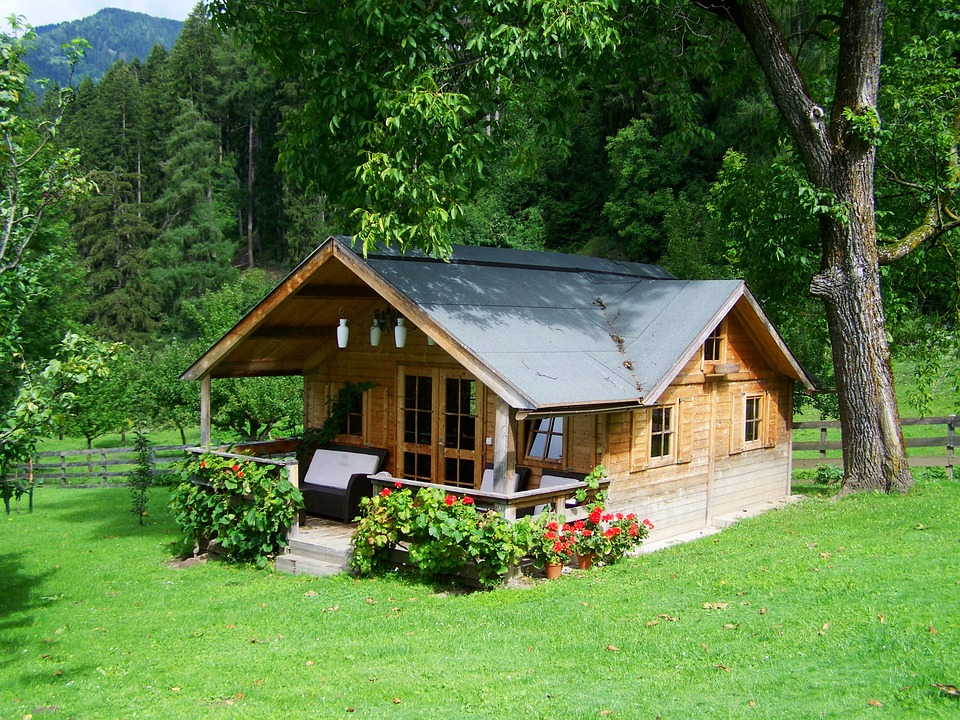
Determine Your Sizing Needs
The beauty of living in a tiny home is that your heating and cooling costs will be low compared to more conventional homes. While many consumers worry about getting a unit that's too small for their home, tiny homeowners run the risk of getting a system that's too large. According to this page at Mister Quik Home Services site, choosing the wrong size can cause several issues.
When you use a system far too substantial for space, it can be challenging to regulate your air temperature. Your tiny home will cool down quickly but often past the point of comfort. You'll also experience cold spots rather than efficient air circulation. Additionally, it creates inconsistencies in humidity level regulation. The dehumidification process typically kicks in later in the air conditioner's cycle. The excess moisture won't be removed from the air if it doesn't reach that stage. This can cause a clammy feeling and even lead to mold development.
However, if you choose an air conditioner with too little capacity, like a very small BTU unit, it will continually run to try to keep up. That isn't efficient. As a result, your electric bill will rise dramatically because it likely won't be able to cool the area effectively.
To get the right-sized cooling system for your tiny house, take accurate measurements of your home to be cooled. Don't forget loft spaces! Then calculate your BTU needs, and size the air conditioner properly. You'll want to multiply that total by 25 BTU—a practical number for ample cooling, whether it is a hot, humid day or a rainy day.
For instance, let's use 400 square feet and multiply that by 25 BTU. This gives you the minimum BTU air conditioner you should buy. That means 400x25=10,000 BTU cooling capacity is needed.
Consider Energy-Efficiency
Another attractive feature of tiny house living is energy efficiency. In addition to cost savings, these little homes minimize our carbon footprint and help protect our beautiful world.
Some cooling systems are more energy-efficient than others. The spec sheet of each unit will identify an energy-efficiency ratio (EER). The better the EER, the less power consumed for more output. While the cost savings of using an energy-efficient cooling system are significant, these units tend to have a higher upfront cost. However, because you'll need a smaller unit, it will be more affordable than a cooling unit for a conventionally sized home.
Consider Your Climate
Your local climate also impacts the type of cooling system that will work most efficiently in your tiny home. Many options also have a seasonal energy efficiency rating (SEER), which indicates how efficient it is during the hotter months. The problem with this rating is that it's typically based on a national average, and anyone who lives in Florida knows that summer there looks a lot different than it does in Maine.
If you live in a hot area, upgrading slightly to a more powerful cooling system may be worth it. This nominal difference will also improve your efficiency by putting less demand on the unit. Of course, talking to a local HVAC expert can help you determine the best solution for your small home.
Cooling System for Your Tiny House
Use these guidelines to help you find the right cooling system for your tiny house. Remember, size is hugely important. While the ideal unit might cost more upfront, the long-term financial and energy savings is well worth it.
There are more ways to keep your tiny home cool and more considerations for maximizing efficiency that begins during the build phase. Read more here.

